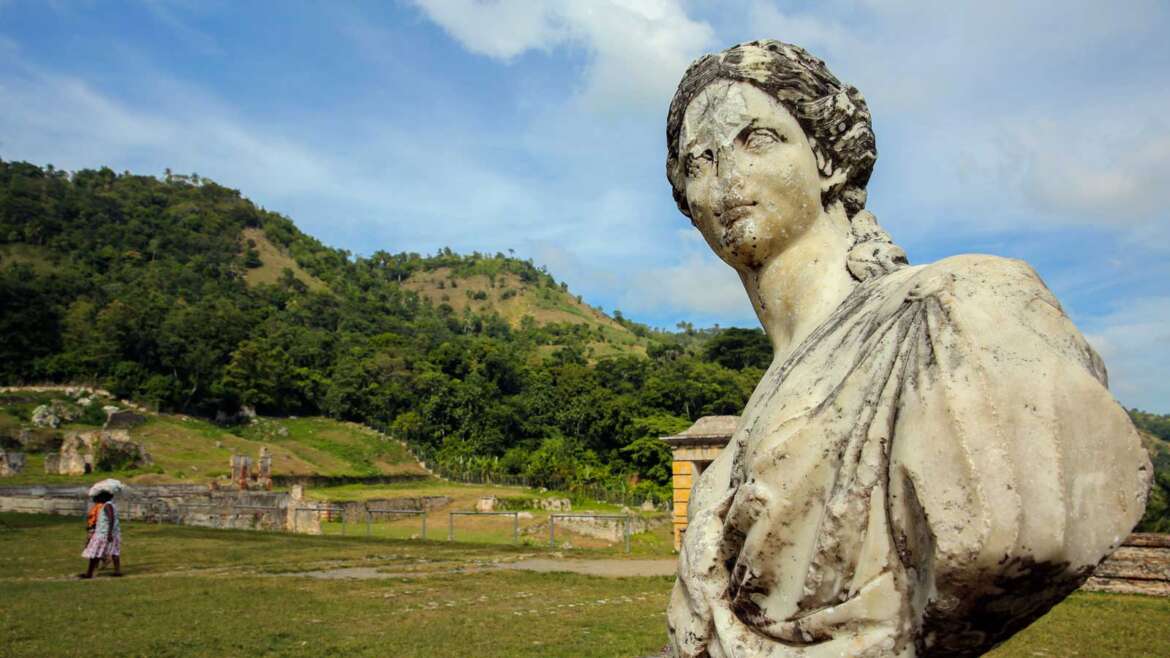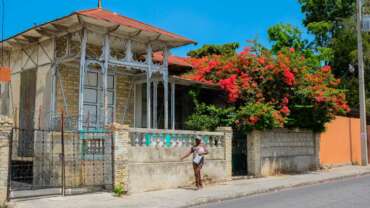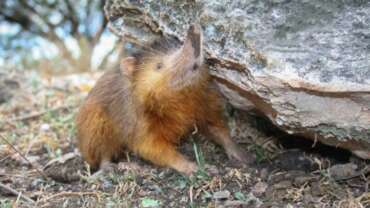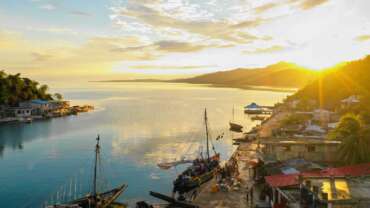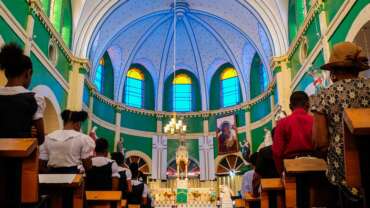Cap-Haïtien
The Christophian City
As Cap-Haïtien’s 350th anniversary draws near, take a swooping dive down into the heart of the city, and learn how it earned its well-deserved title as Haiti’s second city.
The Paris of the Antilles
Cap-Haïtien is Haiti’s second largest city, popular with travellers because of its proximity to world-class beaches and UNESCO heritage sites.
A key city during the Caribbean colonial period, Cap‑Français (as it was then named) earned the nicknamed the Paris of the Antilles for its sophisticated architecture and artistic culture. It was the capital city of the French colony of Saint Domingue from 1711 until the Haitian Revolution, when it became the capital of the Kingdom of Northern Haiti under King Henri Christophe. Christophe renamed the city from Cap‑Français to Cap-Henri. When Christophe died in 1820, the whole island of Hispaniola was briefly unified, and it was in the early phases of this (re)unification that Cap-Haïtien was given the name it has today. Mostly, though, you’ll hear this beautiful city called simply “Le Cap”.
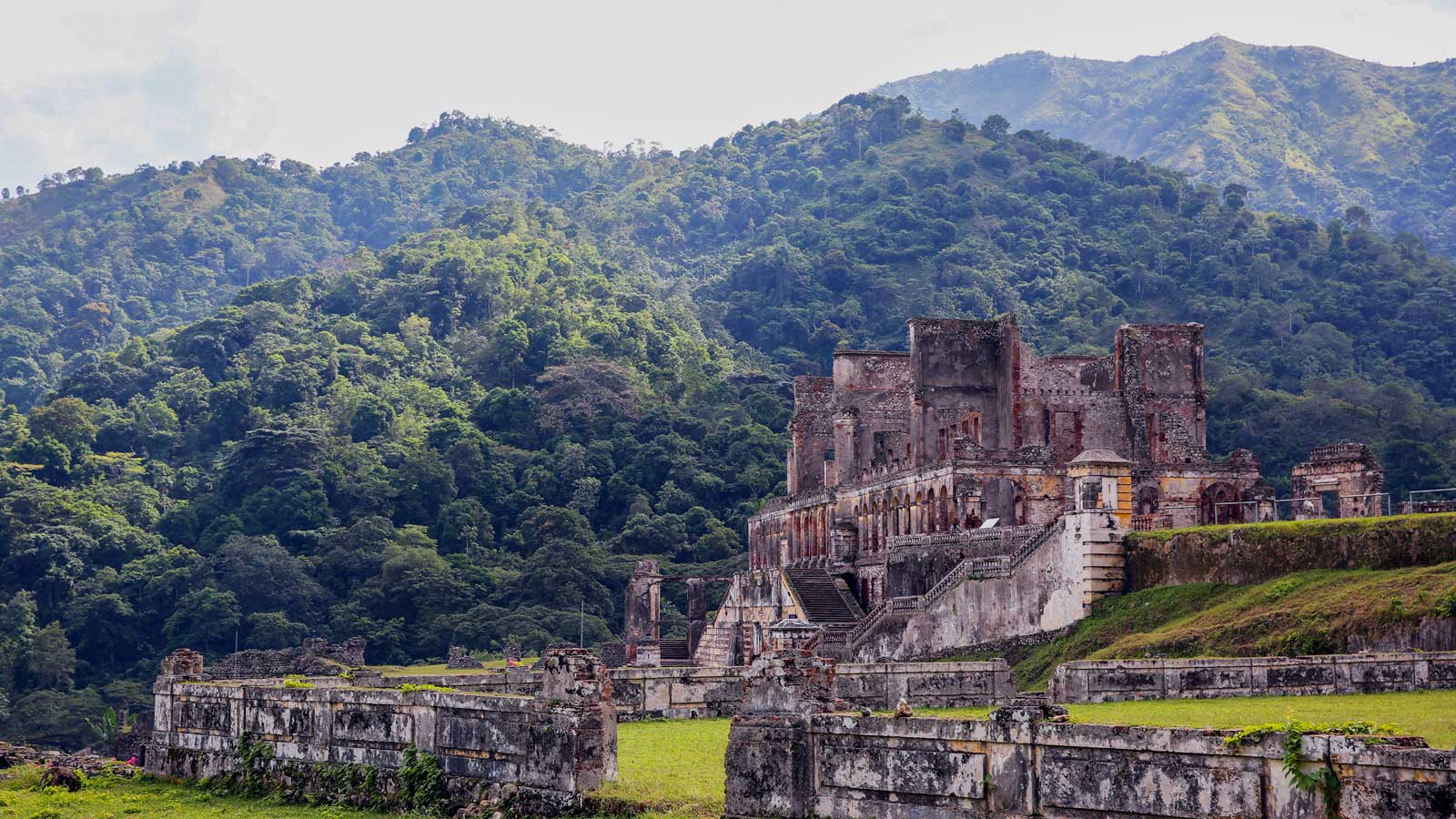
Sans-Souci Palace
The ruins of Sans-Souci Palace are a UNESCO World Heritage monument to post-revolutionary opulence.
Sans-Souci Palace shares a UNESCO World Heritage Site with the Citadelle Laferrière. A visit to both sites is considered essential for any trip to Haiti, and the hike (or horse-ride) from Milot to the Palace and then on to the Citadelle is well-worth the effort.
Sans-Souci Palace, which translates to ‘the Worry-Free Palace’, dates back to 1811, just after Haiti had become the world’s first independent black republic. Despite the weight of time – and a significant earthquake during the nineteenth century – the ruins of the Sans-Souci Palace maintain an imposing air and stand as an inspiring testament to the opulent post-revolutionary era.
Visitors can spend an hour or two exploring the palace and grounds before heading onward to the Citadelle.
Citadelle Laferrière
Citadelle Laferrière is the largest fortress in the Americas.
Citadelle Laferrière, known to locals simply as La Citadelle, is the largest fortress in the Americas. Haitians call it the eighth wonder of the world and, if you make it up the summit of Pic Laferrière, you’ll see why.
The mountaintop fortress is massive, rising a vertiginous hundred and thirty feet from the mountaintop of Bonnet a L’Eveque, around 3000 feet above sea level. The Citadelle commands unparalleled views in every direction over the surrounding landscape of jungle-clad mountains, rivers and ocean.

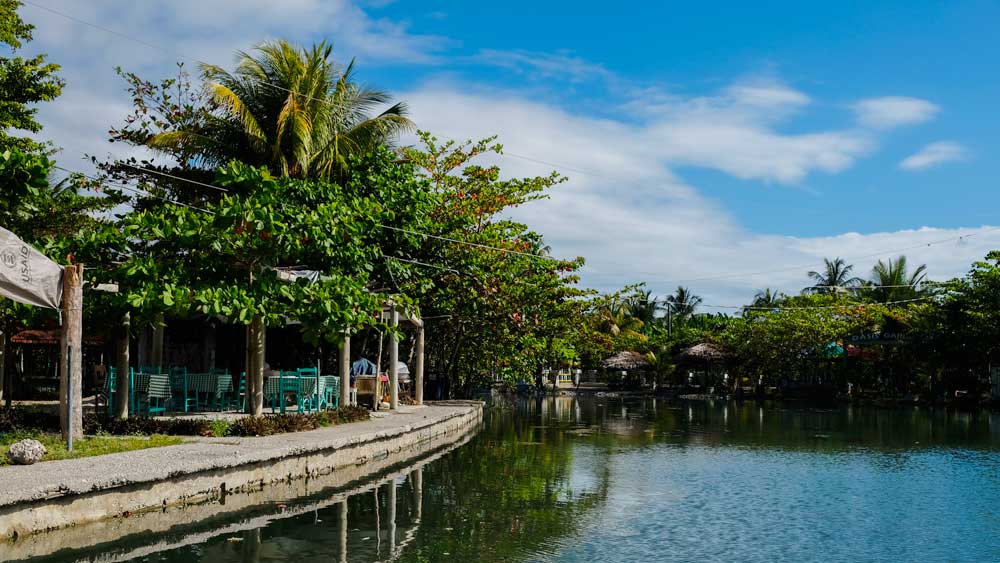
Gelée Beach
Situated in the heart of the Caribbean, between Jamaica and the Dominican Republic, Haiti has over a thousand miles of coastline with dozens of destination-worthy beaches.
We’re talking white sand and turquoise water swelling up to coconut palms, chalk cliffs or jungle-clad mountains rolling off into the distance. Whether you choose one of the island’s most treasured coves or one of its many undiscovered wonders, the water here is warm all year round.
Located near Les Cayes in southern Haiti, Gelée Beach is one of the most popular beaches in Haiti. Highlights including the beachside fritay merchants and the chance to see cows grazing in fields that reach almost to the water’s edge. Compared to other popular beaches in Haiti, the surrounds are flat and open. Pastoral scenery notwithstanding, the water is tropical and the swimming here is lush.
The beach itself winds around the southern coastline for miles, with soft, pillowy sand melting into some of the most crystal clear waters you’ll find anywhere on the island – or in the Caribbean, for that matter.



